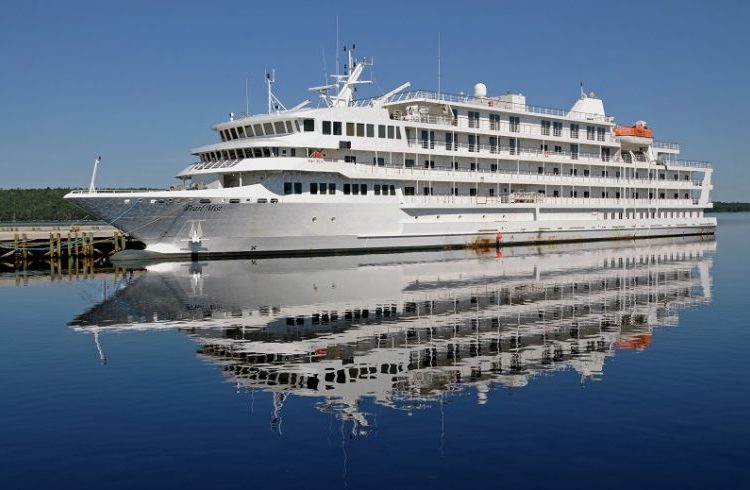On January 19 the Pearl Mist docked in the bay of Havana. This cruise ship belongs to the Pearl Seas line, the second U.S. company that is connecting the two shores after Carnival will inaugurate the route in March 2017.
Last December the cruise ship company published on its Twitter account that it had finally been authorized by the Cuban government to start operations, and the confirmation of its arrival was also given on the social media by the general director of the General Department for U.S. Affairs of the Ministry of Foreign Relations of the Republic of Cuba, Josefina Vidal.
The Pearl Mist set sail last January 17 from Fort Lauderdale, Florida, and in a 10-day journey it will sail around the island of Cuba with stopovers in the Isla de la Juventud, Cienfuegos, Trinidad, Santiago de Cuba and Baracoa. It is expected that it will make 11 trips between the start of the year and next May.
With capacity for 210 passengers, the ship, of a smaller size than Carnival’s Adonia, it will bring visitors as part of the people-to-people cultural and exchange program, one of the 12 travel to Cuba categories U.S. citizens are allowed.
Timothy Beebe, vice president of Pearl Seas Cruises, said in a press release that there is a significant demand to visit Cuba on a smaller ship and that they are honored to be among the first cruise lines to get the authorization to have access to the country.
Other cruise companies received authorization to operate with Cuba in 2017, among them Royal Caribbean, Norwegian Cruise, Oceania Cruises, Regent Seven Seas Cruises and Azamara Club, which could suppose the expansion and consolidation of the island as a destination for this type of tourism.
In 2016 Cuba received 3.8 million visitors, of which 284,937 were from the United States, the only ones who cannot be called tourists because the blockade forbids them any leisure activity.
August Donald, president and CEO of Carnival, recently said that Cuba is and will be an important part of the company’s future plans, even if the profits are not substantial. He added that what’s most important is positioning themselves in the long term to increase the demand and the global interest in the Caribbean and, in the end, create additional opportunities to attract more values through greater yields. Cuba is a long-term move but it has to be built today and that is what we are doing, he concluded.










